Mine drainage automation refers to removing groundwater and surface water entering the mine during construction and production, which is an important means to overcome water hazards. During the construction and production of coal mines, various water sources continuously inject water into the mine. The accumulation of mineral water in the tunnel affects production and threatens underground workers’ health and safety. Therefore, the task of mine drainage automation equipment is to discharge these mineral waters underground in time, create a good working environment for underground production, and ensure the safe work of underground workers and the good operation of electromechanical equipment. Therefore, the drainage equipment must be safe, reliable, and economical.
Mine Automatic Drainage
Signification
In mines, the design of mine drainage automation control is of great significance. It can greatly improve the digitalization and information level of mines, greatly promote the efficiency of the entire mine operation, and contribute to the safe production of mines. Therefore, it is necessary to attract the attention of relevant personnel, continuously improve and perfect it, effectively play the role of automation control, improve the automation level of mine operation, and promote the development of the entire industry. Mine drainage automation is an advanced and complex high-tech system. Its basic elements are the whole mine information and data acquisition system; high-speed and large-capacity two-way mine communication information system network; computerized information management and automated mine planning, control, and maintenance; automation and remote control mechanical equipment connected to the whole mine information system network; Unicom Internet communication and monitoring system. The basic condition for mine drainage automation is real-time automated control capability. According to the changes in internal and external conditions of the enterprise, continuous optimization is carried out by changing the internal factors of the mine to achieve the highest level of output value.
Drainage Method
The drainage methods of mine drainage automation include gravity drainage and mechanical drainage. To prevent mine floods, both open-pit mining and underground mining must have good drainage systems and equipment.
Mine drainage automation is divided into direct drainage, segmented (relay) drainage, and centralized drainage. Direct drainage equipment has low investment and operating costs and is easy to manage. Although it requires a large pump head and high water pipe pressure, it should be given priority as long as there are suitable pumps and water pipes. When a mine has multiple levels of production if the water inflow from the upper layer is greater than that from the lower layer, it should be discharged from the lower layer to the upper layer first, and then from the upper layer to the ground, which is called segmented drainage. If the water inflow from the lower layer is large, it should be discharged to the ground separately to avoid installing a large-flow water pump on each layer, which is called direct discharge. In mine drainage automation, if the water inflow from the upper layer is small, the water from the upper layer will be discharged to the lower layer automatically, and no water pump will be installed on the upper layer, which is called centralized drainage.
Mine Water Pumps
Mine water pumps in mine drainage automation can be divided into two types according to their usage characteristics: fixed and mobile. Fixed pumps are set in the pump room, mostly horizontal centrifugal pumps, ie main drainage, regional, and auxiliary pumps. Both the main dewatering and the partition water pumps are multistage centrifugal pumps. Domestic DS450-100 multistage centrifugal pump, flow rate 450m3/h, single-stage head 100m, maximum number of stages 7, maximum efficiency 80%. Auxiliary pumps are generally single-stage cantilever pumps. Acid-resistant pumps are required when discharging acidic water. Mobile pumps are used for tunneling and drainage of flooded mines. Mine drainage automation uses various water pumps to adapt to different working conditions. In addition to the commonly used horizontal centrifugal pumps and vertical centrifugal pumps, there are reciprocating pumps, worm pumps, jet pumps (pressure water pumps), air lift pumps (compressed air pumps), and submersible pumps.
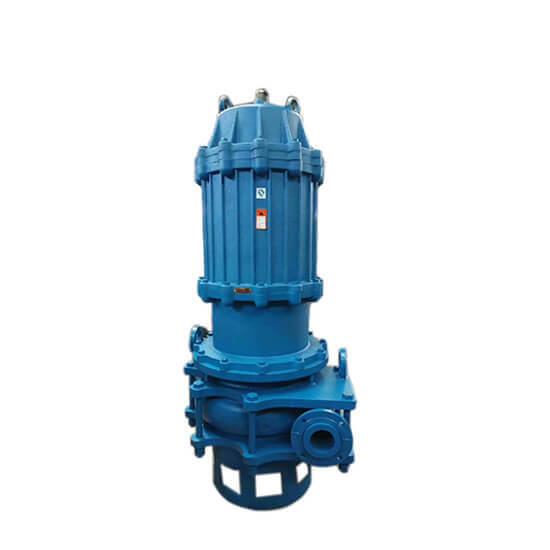
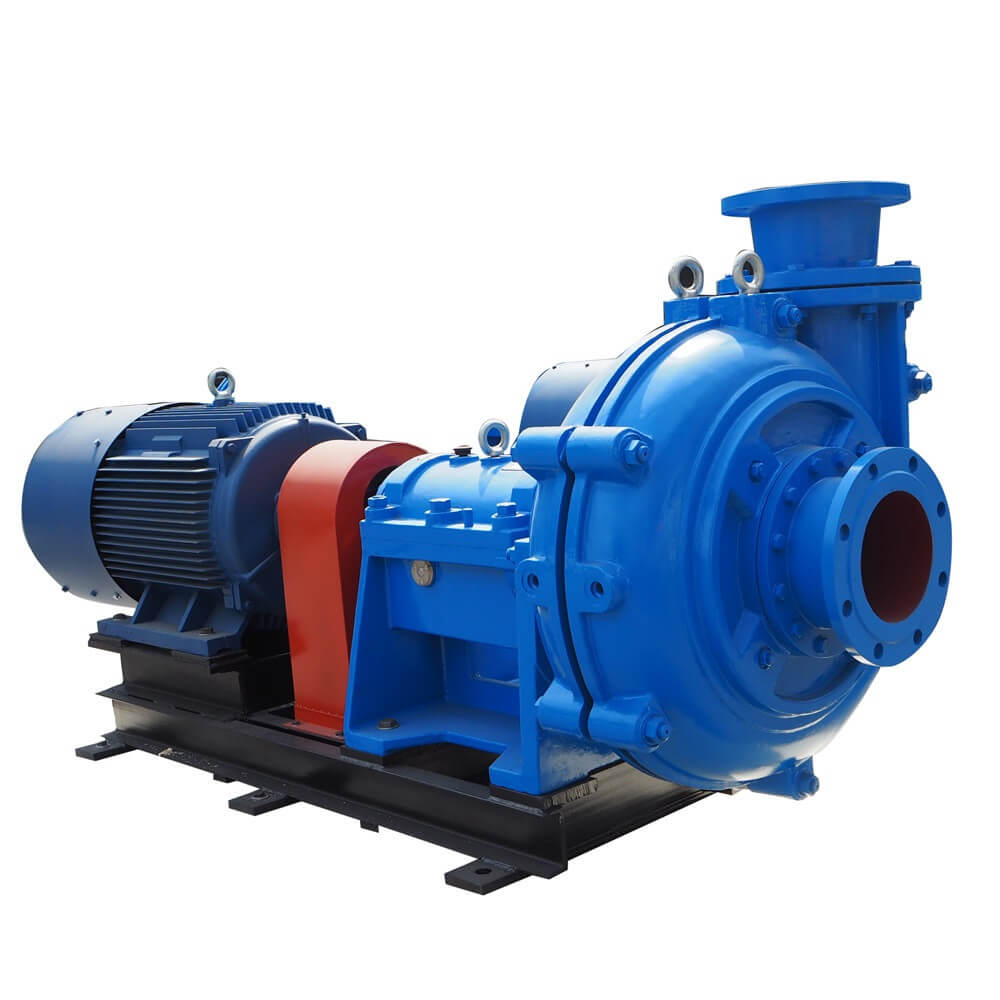
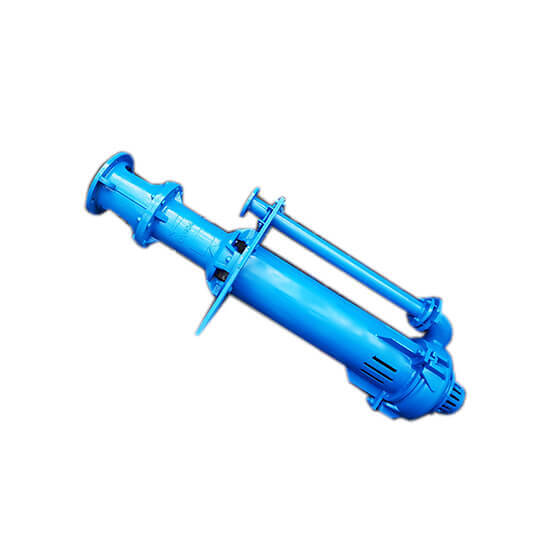
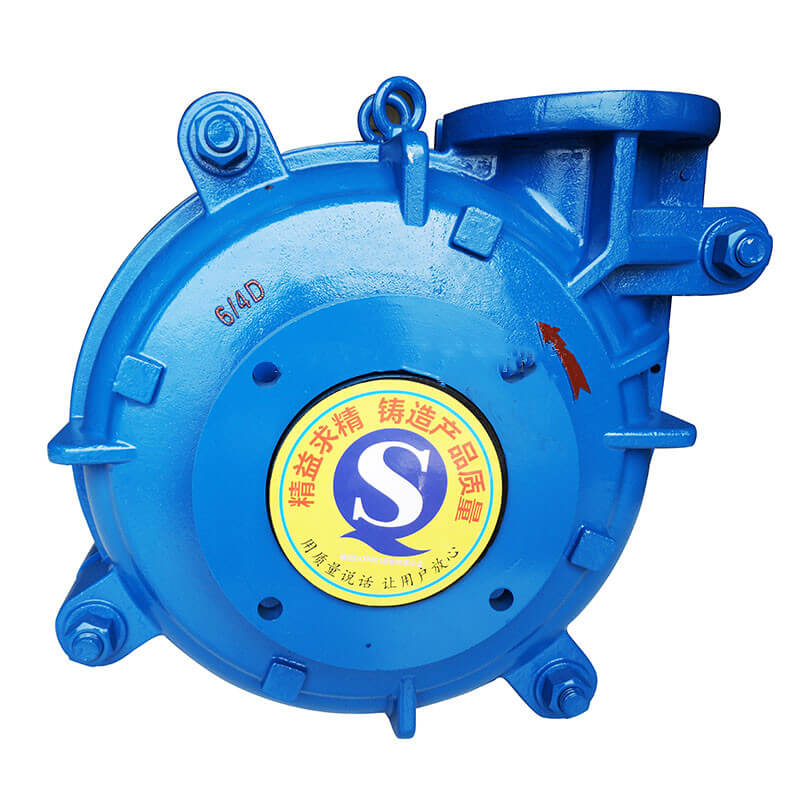
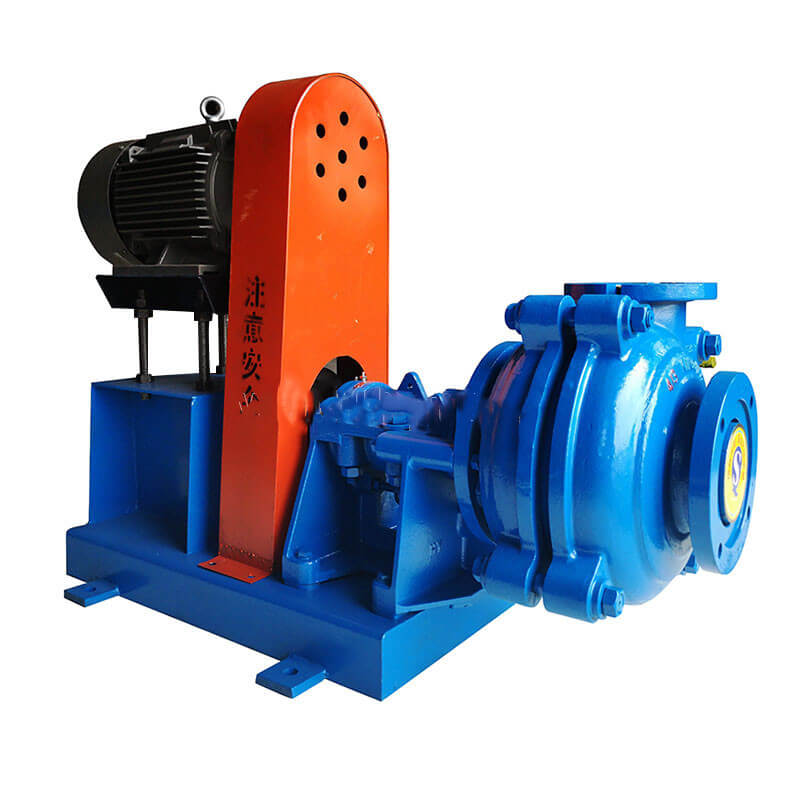
Mine Drainage Automation System Composition
Monitoring equipment
- Water level sensor: Used to monitor the water level in the mine in real time.
- Flowmeter: Used to measure the water flow in the drainage system.
- Water quality sensor: Monitors the quality of drainage water, including pH value, turbidity, dissolved oxygen, and other indicators.
- Pressure sensor: Monitors the pressure in the drainage pipe.
Control equipment
- Automation control cabinet: Including PLC (programmable logic controller), frequency converter, and other equipment, used to control the start, stop, and operation status of the drainage pump.
- Electric valve: Used to control the switch and flow regulation of the drainage pipe.
- Pump station control system: Used to manage and control the operation of multiple drainage pump stations.
Communication system
- Wired communication: Using optical fiber, cable, and other wired methods for data transmission.
- Wireless communication: Using wireless network, Wi-Fi, and other wireless methods for data transmission, suitable for remote monitoring.
Monitoring center
- Data acquisition and processing system: Used to receive and process data from monitoring equipment.
- Monitoring software: Used to display monitoring data in real-time, provide alarm, report generation, and other functions.
- Remote monitoring platform: Remote monitoring and management of mine drainage system through the Internet or dedicated network.
The power distribution board in the system composition of mine drainage automation is mainly composed of circuit breakers, contactors, thermal relays, etc., which are used for the power distribution of electric valves, vacuum pumps, solenoid valves, etc.
The sensors in the system composition of mine drainage automation mainly include ultrasonic liquid level, motor temperature, bearing temperature, drainage pressure, drainage negative pressure, drainage flow, etc.
Actuators: motors, mining electric gate valves, electric ball valves, etc.
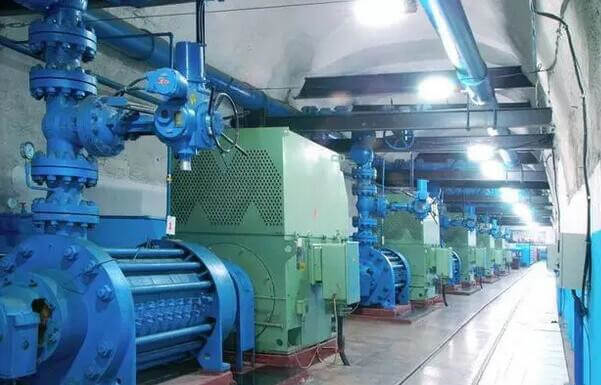
Various signal (flow, pressure, negative pressure, liquid level, temperature, voltage, current) sensors can be connected to mining explosion-proof and on-site safety PLC control boxes.
Functions of Drainage Automation System
- Real-time monitoring
Real-time collection and display of mine water level, flow, water quality, pressure, and other parameters.
Real-time monitoring of the operating status of drainage equipment, such as pump start and stop, fault status, etc. - Automatic control
Automatically start and stop the drainage pump according to the set water level, flow, and other parameters.
Automatically adjust the operating frequency of the drainage pump to optimize drainage efficiency and energy consumption. - Data recording and analysis
Record and store monitoring data and generate historical data reports.
Analyze data change trends and provide decision support. - Alarm and early warning
Set alarm thresholds and issue alarm signals when monitoring parameters exceed the normal range.
Provide fault warnings and handling suggestions to reduce the risk of drainage system failures. - Remote monitoring
Remote monitoring and operation of the drainage system through the Internet or a dedicated network.
Support remote access from mobile devices (such as mobile phones and tablets) to facilitate managers to check the system status at any time.
